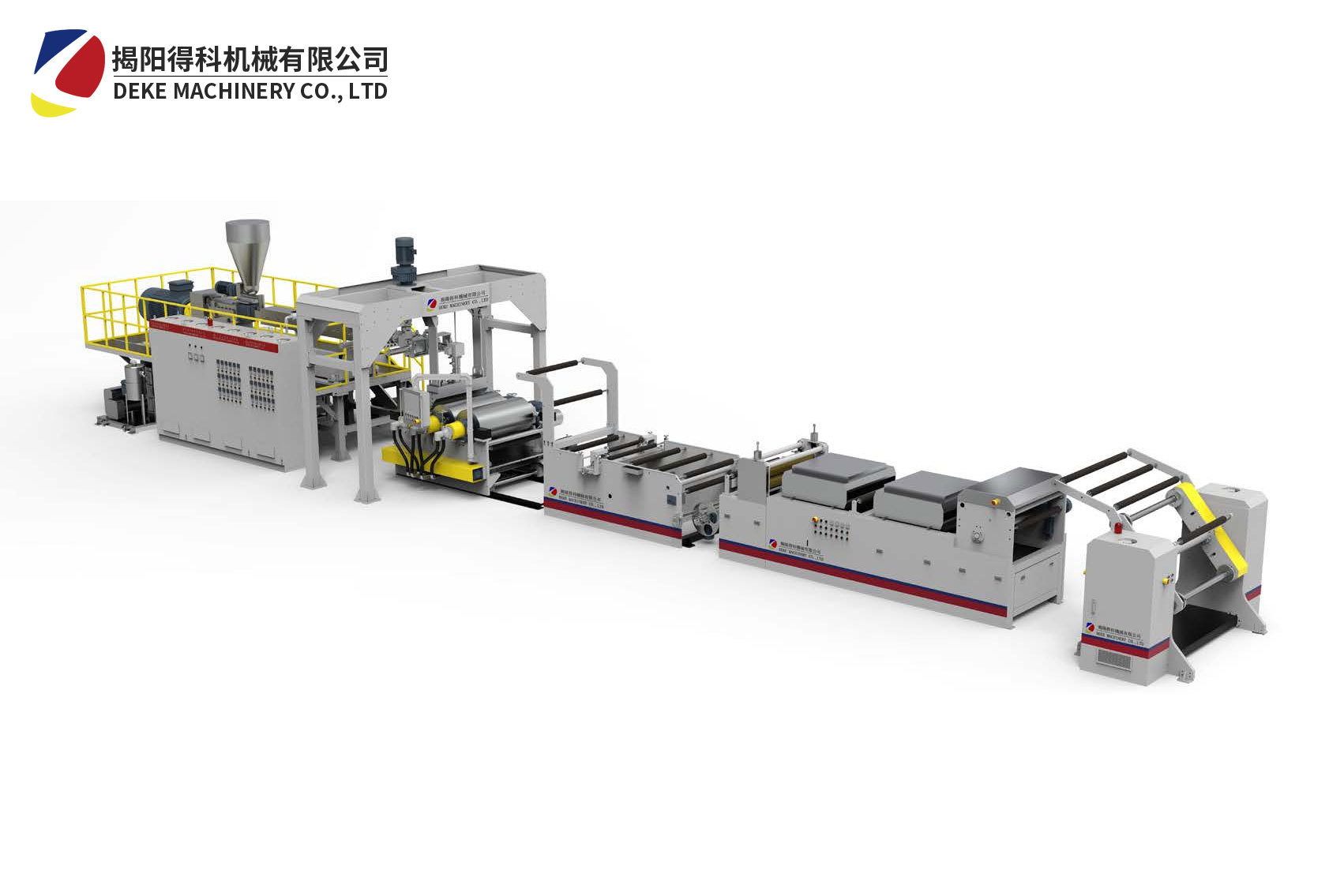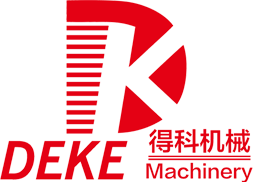Maximizing Output with Twin Screw Roller Head Extruder Settings: A Comprehensive Guide
2025-01

Maximizing Output with Twin Screw Roller Head Extruder Settings
Introduction to Twin Screw Roller Head Extruders
In the world of plastic processing machinery, **twin screw roller head extruders** stand out for their versatility and efficiency. These machines are designed to handle various materials, making them indispensable in the manufacturing sector. Understanding how to optimize their settings can lead to significant improvements in output and product quality. This article will delve deep into the various aspects of twin screw roller head extruder settings, enabling you to enhance your production capabilities.
Understanding the Basics of Twin Screw Extrusion
What is Twin Screw Extrusion?
Twin screw extrusion is a process that utilizes two intermeshing screws to mix, melt, and pump materials through a barrel. The design allows for superior mixing and uniform heat distribution, resulting in higher quality products. It is widely used in the manufacturing of plastic products, rubber, and food materials.
Advantages of Twin Screw Extruders
- **Enhanced Mixing Capability:** The twin-screw design allows for effective blending of materials, ensuring a homogeneous end product.
- **Temperature Control:** Precise temperature regulation leads to better processing and minimizes thermal degradation.
- **Versatility:** These extruders can process a wide range of materials, including polymers and additives, making them ideal for diverse applications.
Key Settings for Optimizing Output
To maximize the output of a twin screw roller head extruder, several key settings must be carefully adjusted and monitored. Understanding these settings will empower you to fine-tune your extrusion process effectively.
1. Screw Speed
The speed of the screws plays a critical role in determining the output and quality of the extruded product.
Optimal Screw Speed for Maximum Output
Finding the right balance in screw speed is essential. Too high a speed can lead to excessive shear, resulting in thermal degradation of materials. Conversely, too low a speed can cause inadequate mixing and lower output.
- **Recommendation:** Start with the manufacturer’s specifications and adjust based on trial runs to find the optimal speed for your specific materials.
2. Barrel Temperature Settings
Temperature settings within the barrel directly impact the melting and processing of materials.
Understanding Temperature Zones
Typically, a twin screw extruder has multiple temperature zones, each requiring careful calibration. Each zone should be set according to the material’s specifications to ensure optimal melting and flow.
- **Recommendation:** Gradually increase the temperature to avoid material degradation, monitoring the output for quality control.
3. Material Feed Rate
The feed rate of materials into the extruder is a crucial factor that influences overall output.
Balancing Feed Rate with Extrusion Speed
A well-balanced feed rate ensures that materials are fed into the extruder consistently, preventing bottlenecks.
- **Recommendation:** Experiment with different feed rates while monitoring the output. Adjustments may be necessary based on material type and screw speed.
4. Die Design and Temperature
The die is the final component through which the material exits the extruder, significantly affecting the characteristics of the final product.
Optimizing Die Settings for Increased Efficiency
The design and temperature of the die should be tailored to the specific application.
- **Recommendation:** Ensure that the die is compatible with the material and adjust its temperature to facilitate smooth flow and shape retention.
Advanced Techniques for Maximizing Output
In addition to basic settings, there are several advanced techniques that can further enhance the output of your twin screw roller head extruder.
1. Use of Additives for Improved Flow
Incorporating specific additives can help improve the flow of materials through the extruder, reducing shear and enhancing output.
Choosing the Right Additives
Select additives that are compatible with your base material and that enhance the processing characteristics.
- **Recommendation:** Experiment with different additives during trial runs to determine the most effective combination for your material.
2. Regular Maintenance and Calibration
Maintaining your extruder is critical for consistent output.
Importance of Scheduled Maintenance
Regular checks on the extruder’s components, including screws, barrels, and dies, can prevent issues that lead to downtime.
- **Recommendation:** Establish a maintenance schedule to ensure that all parts are in optimal condition for performance.
Monitoring and Quality Control
To maximize output, it is essential to implement robust monitoring and quality control processes.
1. Inline Monitoring Systems
Utilizing inline monitoring can provide real-time data on the extrusion process.
Benefits of Real-Time Monitoring
Real-time data allows for immediate adjustments, ensuring that output remains consistent and of high quality.
- **Recommendation:** Invest in advanced monitoring systems that can track key parameters like temperature, pressure, and screw speed.
2. Quality Assurance Practices
Implementing comprehensive quality assurance practices helps maintain product standards.
Establishing Quality Control Protocols
Develop protocols that include regular sampling and testing of the output to ensure compliance with product specifications.
- **Recommendation:** Train staff on quality control measures to uphold standards consistently.
Frequently Asked Questions (FAQs)
1. What is the ideal screw speed for a twin screw extruder?
The ideal screw speed varies based on the materials processed but typically ranges between 200 to 600 RPM. Trial runs will help determine the best speed for specific applications.
2. How do I maintain the temperature during extrusion?
Maintain a consistent temperature by regularly monitoring each zone's settings and making adjustments based on material behavior.
3. What additives can be used to improve extruder performance?
Common additives include processing aids, lubricants, and anti-oxidants. Choose ones that enhance the flow and compatibility of your materials.
4. How often should I perform maintenance on my extruder?
Regular maintenance should be conducted according to the manufacturer's recommendations, typically every 500 hours of operation or as needed based on performance.
5. How can I troubleshoot low output issues?
To troubleshoot low output, examine screw speed, feed rate, temperature settings, and material consistency. Adjust these factors to find the root cause of the issue.
Conclusion
Optimizing the settings of your twin screw roller head extruder is critical to maximizing output and achieving high-quality results in plastic processing. By understanding the intricacies of screw speed, temperature control, feed rates, and advanced techniques, manufacturers can significantly enhance their production efficiency. Remember, continuous monitoring and regular maintenance are essential for long-term success. With the right adjustments and practices, your extruder will not only meet but exceed production expectations, positioning your business for growth and innovation in the competitive landscape of plastic processing machinery.
RELATED INFORMATION
Understanding Twin Screw Roller Head Extruders: Innovations in Plastic Processing
Twin screw roller head extruders are vital pieces of machinery in the plastic processing industry, renowned for their efficiency and versatility. These extruders utilize two intermeshing screws that rotate within a barrel, enabling them to mix, melt, and extrude plastic materials effectively. Their unique design allows for enhanced material handling and processing capabilities, making them ideal f
Maximizing Output with Twin Screw Roller Head Extruder Settings: A Comprehensive Guide
Maximizing Output with Twin Screw Roller Head Extruder Settings Introduction to Twin Screw Roller Head Extruders In the world of plastic processing machinery, **twin screw roller head extruders** stand out for their versatility and efficiency. These machines are designed to handle various materials, making them indispensable in the manufacturing sector. Understanding how to optimize their settings



